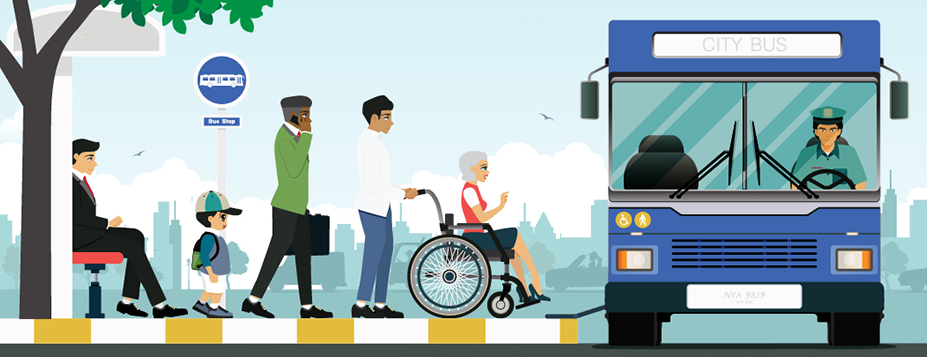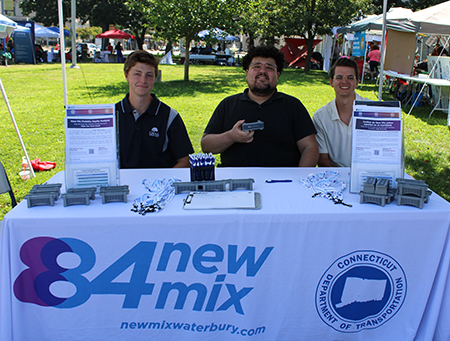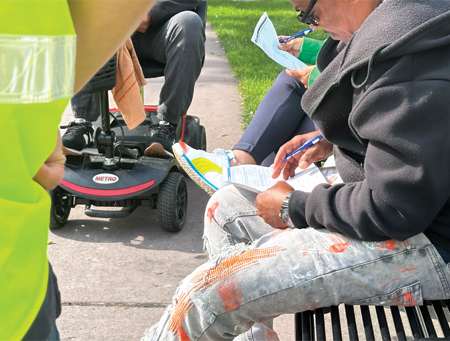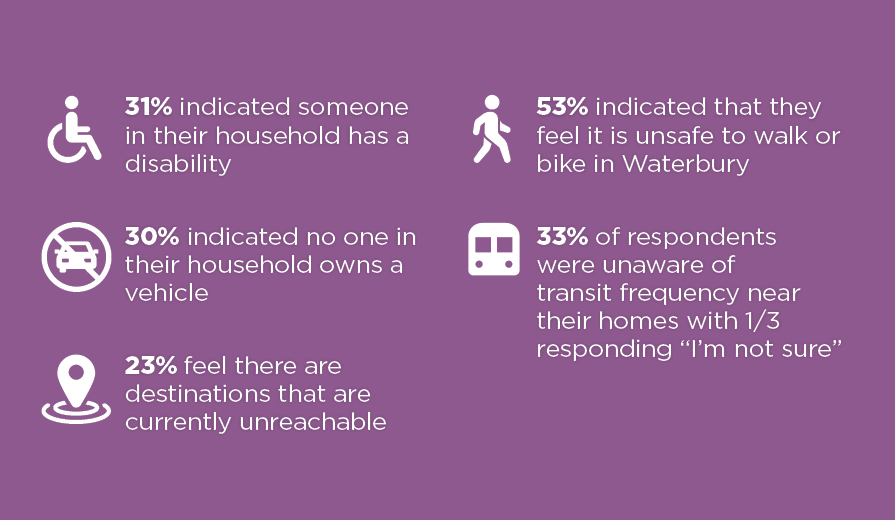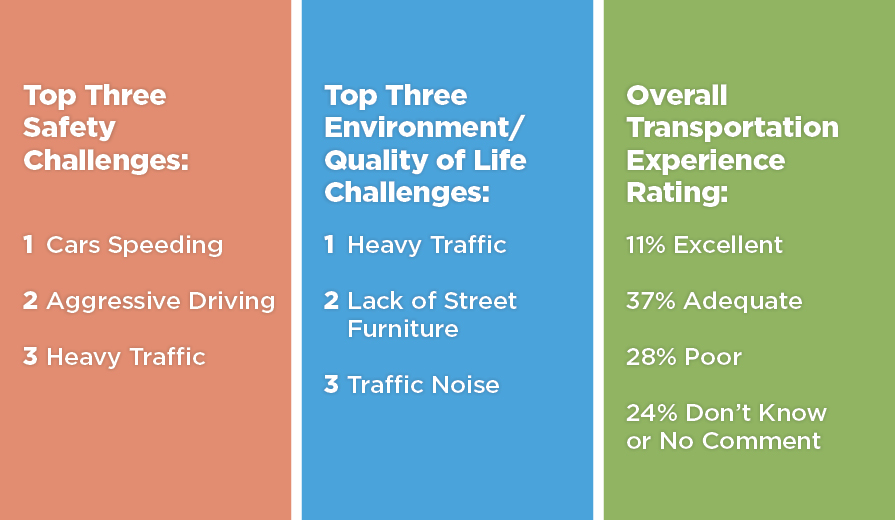How was the survey distributed?
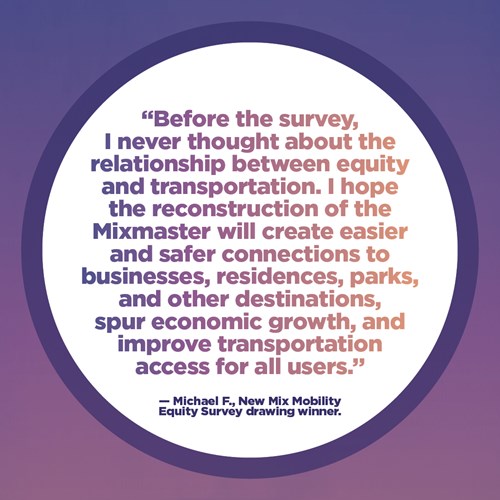
The targeted survey distribution area was the PEL Study Area, including the Central Business District and the South End and Brooklyn neighborhoods in Waterbury. By focusing on the Study Area, the New Mix Team made it a priority to connect with the community most affected by the New Mix Project.
Electronic and hard copy versions of the survey were provided in both Spanish and English, with additional languages available by request. Factsheets were also developed describing activities and intended outcomes and included a QR code and instructions for the electronic survey. Factsheets and surveys were distributed throughout the Study Area at pop-up events at popular landmarks, local community events, bus and train stops, community facilities, and other locations. The New Mix Team had over 18,000 surveys and factsheets delivered directly to the homes of residents within the target area. Over 80 local businesses and commercial locations were also sent survey and factsheet information through the mail. The Waterbury Green and local Waterbury bus routes were a focus for in-person survey distribution. In-person, print, and online methods, including social media posts, were used to distribute the survey and engage the public.
Survey respondents were offered a two-hour local Waterbury CTtransit bus pass and had the option to enter a drawing for a $100 Visa Gift Card as a token of appreciation for participating.
What did the Mobility Equity Survey ask?
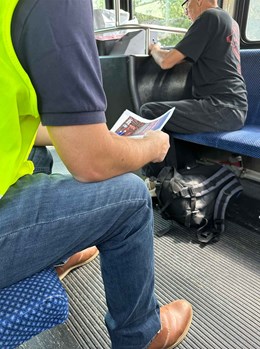
The survey asked questions related to the everyday use of the transportation system in Waterbury, the destinations people are traveling to, and their methods of travel. The questions were categorized into seven factors important to equity in transportation planning and project prioritization:
- Demographic Information
- Safety Challenges
- Public Transportation Challenges
- Pedestrian and Cycling Challenges
- Environment/Quality of Life Challenges
- Access to Destination Challenges
- Overall Ratings of the Transportation System
